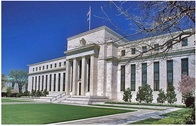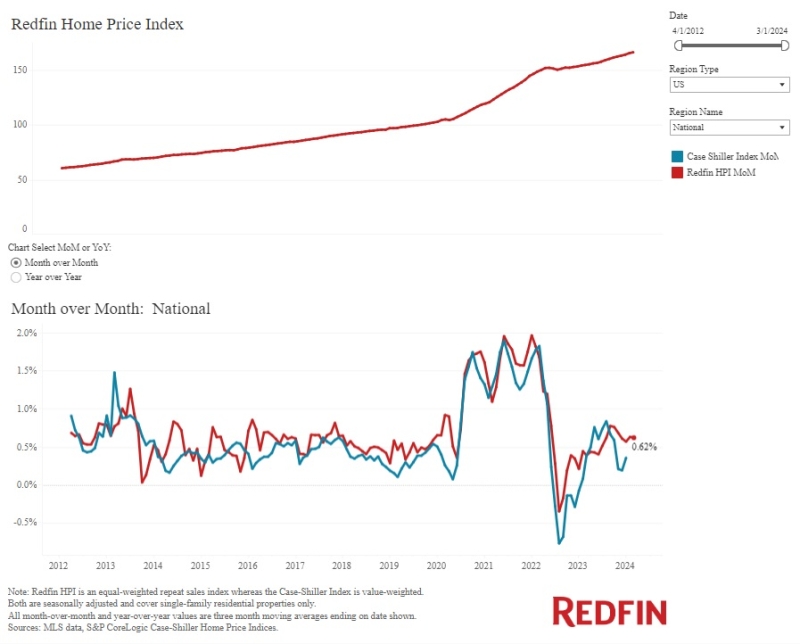Advertisement
OCC Releases Latest Report on Bank Trading and Derivatives Activities

Insured U.S. commercial banks and savings institutions reported trading revenue of $7.5 billion in the first quarter of 2013, up $3.1 billion (72 percent) from $4.4 billion in the fourth quarter of 2012, and $466 million higher (seven percent) than in the first quarter of 2012, the Office of the Comptroller of the Currency reported in the OCC's Quarterly Report on Bank Trading and Derivatives Activities.
"As we see nearly every year, first quarter trading revenues were quite strong,” said Kurt Wilhelm, director of the Financial Markets Group. Trading revenues in the first quarter were the fourth highest on record. Wilhelm noted “a strong seasonal component of trading revenues.” Since 2000, first quarter trading revenues have been the strongest of the year eight times, and second strongest in four of the other five years. “The improvement in the U.S. economy and low interest rates led to significant capital raising activity in the bond markets. That led to strong client demand for risk management products, as investors increased their hedging and positioning against potential changes in monetary policy.” Wilhelm also noted that the net impact from valuation adjustments, which in prior quarters had adversely impacted trading revenues, had abated. “While bank credit spreads continued to tighten in the first quarter, the net impact of adjustments to derivatives receivables and payables did not have a material impact on trading revenues.”
Credit exposures from derivatives fell in the first quarter. Net current credit exposure (NCCE), the primary metric the OCC uses to measure credit risk in derivatives activities, decreased $28 billion, or seven percent, to $358 billion during the first quarter. “Interest rates went up slightly in the first quarter, causing lower fair values of interest rate contracts,” said Wilhelm. The OCC noted that the fair value of interest rate contracts declined 13 percent, or $535 billion, causing the fair value of all derivatives contracts to decline 11 percent or $518 billion. Regarding credit performance, Wilhelm noted that charge-offs fell to $84 million during the first quarter of 2013, from $112 million in the fourth quarter of 2012. He also noted some slippage in the quality of collateral held against derivatives exposures. “While the quality of collateral banks hold against their derivatives is very high, with over 76 percent in cash, we have seen the cash component edge lower in the past year.” Cash collateral was 76.6 percent of total collateral held at the end of the first quarter of 2013, compared to 81.3 percent a year earlier.
The report shows that the notional amount of derivatives held by insured U.S. commercial banks rose $8.5 trillion, or four percent, from the fourth quarter to $232 trillion, interrupting a pronounced trend toward declining notional amounts that had prevailed since the second quarter of 2011. Prior to the increase in the first quarter, notionals had fallen in five of the past six quarters, by a total of $26 trillion (10.5 percent), because of ongoing trade compression activities. In the past two years, notional declines had been driven by compression efforts by banks seeking to reduce regulatory capital requirements, as well as operating and risk burdens in their derivatives portfolios.
“Notionals increased across-the-board, for all asset classes and all products,” said Wilhelm. Interest rate contracts rose $6.0 trillion, or three percent, to $185 trillion, while credit contracts rose $0.7 trillion (five percent) to $13.9 trillion. Foreign exchange, commodity and equity contracts rose six percent, three percent and four percent, respectively. Swaps increased three percent to $138 trillion, while options increased seven percent to $34 trillion.
OCC also reported:
►Banks hold collateral to cover 76 percent of their NCCE. Collateral covers 96 percent of exposure from banks and securities firms, 369 percent of exposure from hedge funds and 45 percent of exposure from corporates.
►Trading risk exposure, as measured by value-at-risk (VaR), averaged $411 million across the top five dealer firms during the first quarter of 2013, 33 percent lower than $611 million in the first quarter of 2012.
►Derivatives contracts are concentrated in a small number of institutions. The largest four banks hold 93 percent of the total notional amount of derivatives, while the largest 25 banks hold nearly 100 percent.
►Derivative contracts remain concentrated in interest rate products, which represent 80 percent of total derivative notional values. On a product basis, swap products represent 60 percent of total derivatives notionals. Both measures are unchanged from the fourth quarter.
►Credit default swaps are the dominant product in the credit derivatives market, representing 97 percent of total credit derivatives.
►The number of commercial banks and savings associations holding derivatives increased to 1,390, up 38 from the prior quarter.
About the author





